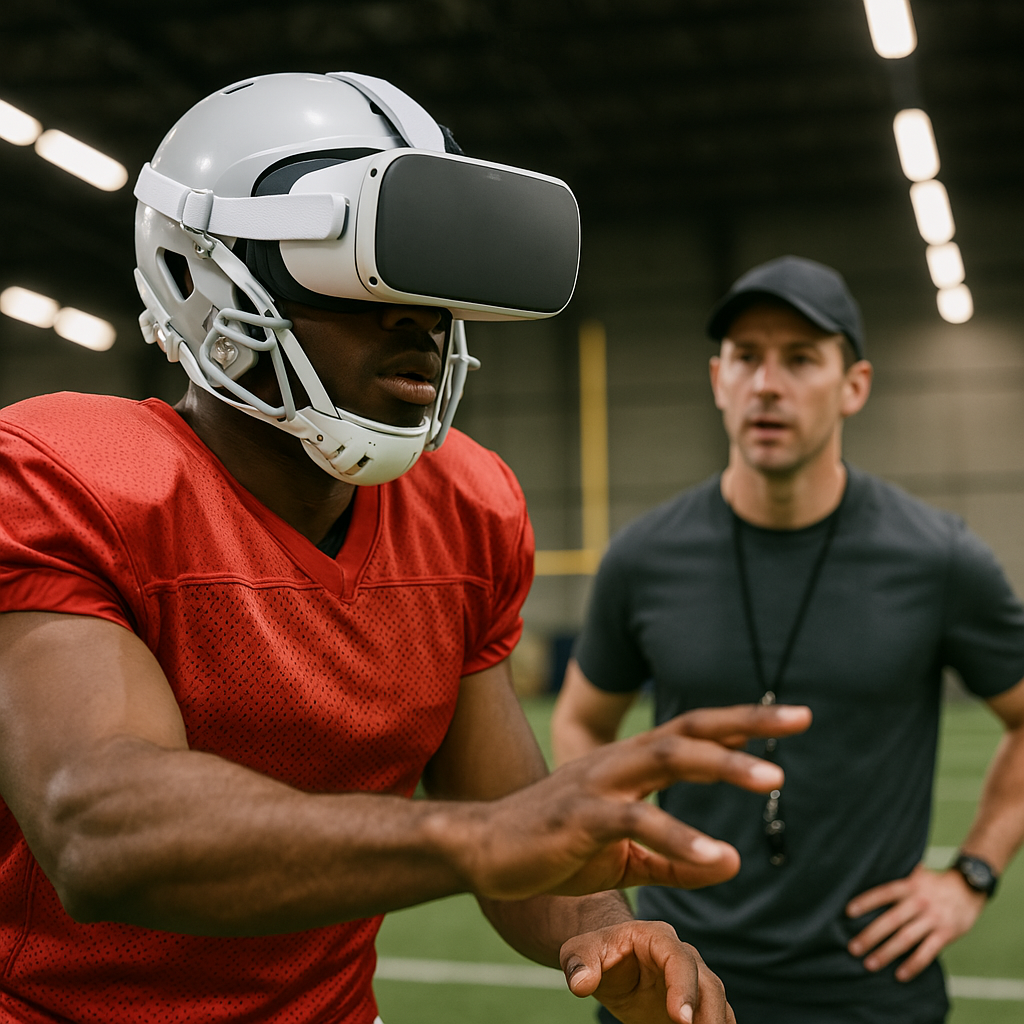
In a parallel world, sports is undergoing a revolution with the advent of new technology, and virtual reality (VR) is at the forefront. VR offers several benefits for athletes, including improved reaction time, enhanced focus, and reduced risk of injury. Athletes can use VR simulations to practice complex maneuvers or test new equipment without putting themselves at risk.
According to experts, VR has become an essential tool in training and development processes. Sports teams across the globe are embracing this technology as they seek to gain a competitive advantage over their rivals.
In recent years, several sports teams have made significant investments in VR technology. The NFL’s Dallas Cowboys team has installed a state-of-the-art virtual reality facility that allows players to simulate game situations and receive real-time feedback on their performance. Similarly, the NBA’s Golden State Warriors team has used VR simulations to improve their shooting accuracy, while NHL teams have utilized it for skating drills.
These advancements in technology are transforming the way sports teams train and develop their athletes. By immersing themselves in virtual environments, players can simulate different scenarios and receive instant feedback on their performance. This allows coaches to analyze each player’s strengths and weaknesses and make adjustments in real-time, improving the team’s overall strategy.
However, there are also concerns about the potential negative impact of VR technology on athletes’ mental health. Studies have shown that immersive technologies such as VR can trigger anxiety and other emotional responses in some users. As a result, coaches must strike a balance between using these technologies effectively and minimizing any adverse effects they may have on their players.
Overall, the use of VR technology is transforming the way sports teams train and develop their athletes. By immersing themselves in virtual environments, players can simulate different scenarios and receive instant feedback on their performance. Coaches are also able to analyze each player’s strengths and weaknesses and make adjustments in real-time, improving the team’s overall strategy. However, concerns about the potential negative impact of VR technology on athletes’ mental health must be addressed and minimized wherever possible.